Tuesday Travel Feature: The Hiking Trails of Yellowstone National Park
Yellowstone National Park Hiking Trails Custom Map by Lisa Middleton
Largely situated in Wyoming and extending into Idaho and Montana, the Yellowstone National Park is a natural, scientific, and scenic unspoiled beauty. In 1872, it became the first national park in the United States covering an area of more than 3, 400 square miles. Yellowstone National Park was home to many Native American tribes, including the most recent groups- Crows, Shoshones, Bannocks, and Blackfeet. Now, it is a pilgrimage site for visitors who want to experience its unique and natural beauty-its geysers, mud pots, hot springs, mountains, lakes, rivers, canyons, wildlife, and much more.
Yellowstone has one of the largest high-elevation lakes-Yellowstone Lake, as well as North America’s largest super volcano- Yellowstone Caldera. Yellowstone’s wildlife is abundant and diverse. Dozens of species of birds, mammals, reptiles, and fish, as well as endangered or threatened wildlife inhabit Yellowstone. Grizzly bears, wolves, bison, elks, bighorn sheep, moose, deer, Canadian lynx, and wolverines are some of the more than sixty mammals that live in Yellowstone.
Hundreds of species of trees and plants can be found in the park. The forested areas of the park is covered by lodgepole pine, and other conifers such as subalpine fir, Engelmann spruce, Douglas-fir and Whitebark pine can be found in groves all through the park as well. Deciduous trees such aspen, cottonwood, and willow, along with flowering plants including sand verbena, shooting star, kitten tails, and Jove’s buttercup, among others can be found in the park.
The park has a vast network of trails that extends more than 200 miles, and leads to hundreds of secluded places where Yellowstone’s wildlife and majestic scenery can be thoroughly enjoyed and experienced. Some trails are associated with various park attractions such as such as the geysers and hot springs, while others are in the Yellowstone backcountry. One of the best hiking trails is Mt. Washburn Trail which offers a combination of scenery, wildflowers and wildlife, and views of the Grand Canyon, a portion of Yellowstone Lake, the Tetons and even an eruption of Old Faithful is possible. The Pelican Valley has an abundant wildlife especially grizzly bears, bison, coyotes and birds, and mountaintop views of Yellowstone and backcountry lakes; a system of trails-Elephant Back Mountain Trail, Pelican Creek Nature Trail, Storm Point Trail, Turbid Lake Trail, among others makes Pelican Valley accessible.
Yellowstone National Park’s hiking trails are numerous; other areas that are great for hiking are Mammoth, Norris, Lake, Old Faithful, Tower, Roosevelt, and West Thumb. Each offers a different view, making hiking the very best way to experience the treasure that is the Yellowstone National Park.
To order this map please click here.
To design your own custom map click here!

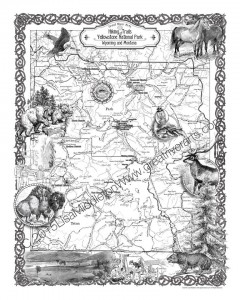
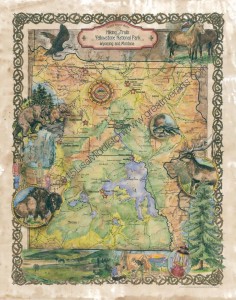
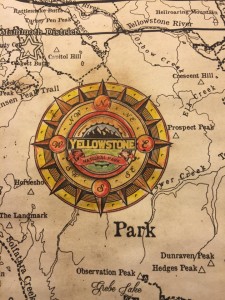

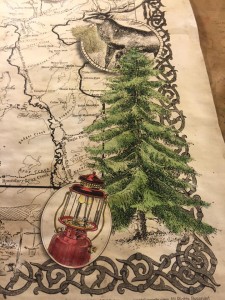
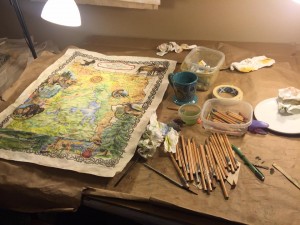
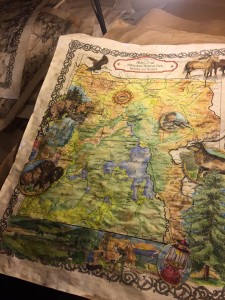
No comments yet.